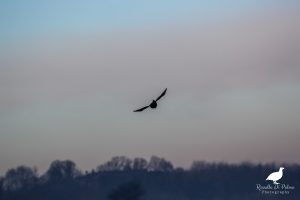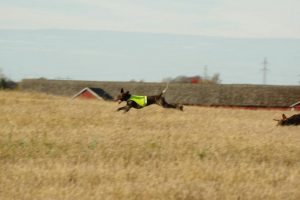Switzerland and Team Bond :-)
Somebody asked whether I forgot about the “ A Month on the Moor” section. No! I did not, I am just busy with so many things to do at the same time, like always! This is why I am “taking advantage” of Tok Mostert writings on training but… I still want to tell my tale.
So, let’s try to be brief and remember some things about the day I left from Italy. It was July 15th and I had set this date because I did not want to be in France on the 14th. I somehow felt something was bound to happen on that day, France national day. I was going to go to bed on that night, when the TV announced there was an ongoing terrorist attack in Nice. I was sorry, worried and moved but not surprised.
On 15th morning, I had to finish to load the car: I have never completely grasped the concept of “travelling light” and UK 2016 trip was not an exception, my “packing” issues will be told in another story . I passed Milan swiftly, and stopped at a service station near Varese, right before the Swiss border. I had a coffee flask with me: my plan was to be smart and save money. Bad idea, the temperature was already around 30°C and my coffee was still steaming! Why did I stop then? Because… people told me that when you travel with a dog you need to stop every two hours, which I stupidly did on all my way to England! While trying to sip some coffee, the service station man came to greet me and look at the dog. It was the same man I met on my way to Switzerland, a couple of years ago, while I was travelling to meet Briony’s breeder. He did not remember me of course, but I did as he told me again about his Maltese dog and about his love for these four legged critters.

What astonished me the most, however, were two cars parked by mine: they were wearing a Scottish plate! I have never seen any Scottish plates in Italy before, so I took it as a good sign! These cars ended up being three, not two: they were expensive cars, Audi or Saab if I am not wrong and, weird thing, each of them had a driver and no passengers. Drivers were two middle aged men and a girl, I know this for sure as they sort of escorted me until the French border. I was missing them, finding one of them again, miss them another time and so on. I crossed Switzerland with these three unusual travel mates, which, for no rational reasons, reminded me of James Bond… and British spies!
How do you travel in Switzerland? Are there any breathtaking sceneries? Yes there are, you drive through mountains and lakes, but you cannot really enjoy them as you need to be well focused on the road. There is much traffic, as many car drivers and truck drivers favour Swizterland over France because the Mont Blanc and the Frejus tunnels are very expensive (while the Gottahrd is free). Also, French and Italian motorways are much more expensive than the Swiss ones: in Italy and France you pay according to your mileage and your veichle, in Switzerland you pay about 40 Euros and you can travel as much as you like for one year. Driving in Switzerland is cheaper, but equally demanding: speed limits are really tight, these roads are not made for high speeds and speed limits keep changing constantly. Beware of them and of all the cameras set to trap incautious motorists. We stopped before the Gotthard, again , having been told that you must stop frequently when you are travelling with dogs…

We were right in the middle of the Alps this time and it was pleasantly cold. Past the Gotthard tunnel – full of Belgian cars – we enjoyed bordering the Luzern Lake (in the midst of a thunderstorm and still escorted by Team Bond). We finally reached Basel when we stopped again for lunch. I had food with my but I went inside the service station to see what else they had: very cute cakes, 7.50 Euros (6£) a slice! I therefore opted for my homemade “piadina” which was consumed under a tree. My neighbour , under the next tree, was a Swiss man with a wirehaired Dacshund. And then… in the blink of an eye, I was in France.

